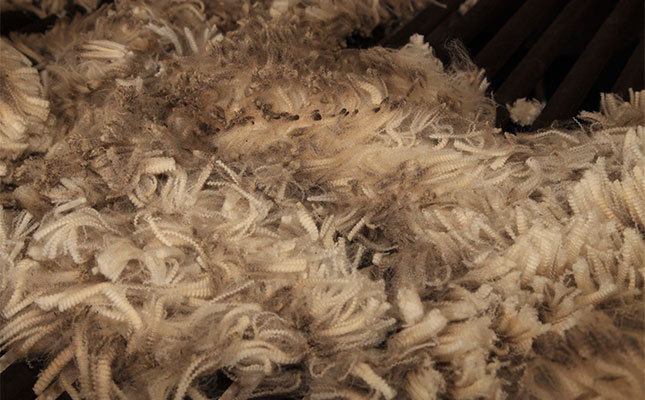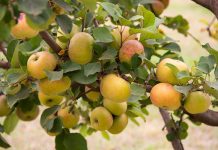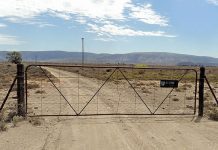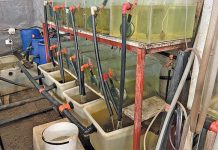
Photo: Glenneis Kriel
Billy van Zyl, national chairperson of the National Wool Growers’ Association, ascribed this to poor economic conditions, which negatively affected purchases from major buying countries; changing fashion trends, such as some synthetic fibres now being recyclable; trade disruptions caused by the foot-and-mouth disease outbreaks in the country; and the impact of drought on various production regions.
However, the situation was improving, with wool producers now showing more positivity than a year ago.
Van Zyl said that most regions had received good rain thus far in 2025, resulting in favourable production conditions.
Additionally, wool prices have showed improvement over the past four to five months.
“Particularly encouraging for me is that prices are increasing gradually, instead of making big jumps and then falling again the next week,” Van Zyl said.
Despite this, whether the uptick indicated a long-term recovery was still uncertain.
Deon Saayman, CEO of Cape Wools SA, said that the continuation of the uptick would greatly depend on the way in which geo-politics, and particularly tariffs and trade barriers, impacted on global economic growth.
“If economic growth slows, dispensable income will again come under pressure, leaving people with less money to buy natural fibres, which are considered a luxury item,” he said.
He said that 84% of South Africa’s raw wool was exported to countries in the Far East, including China, South Korea and Japan.
Ethical production
Saayman added that South Africa was an international leader in terms of ethical and sustainable production, with the Responsible Wool Standard and the Sustainable Wool Standard serving as consumer guarantees of good animal welfare practices, fair labour practices and responsible land management.
“Ethical and sustainable production standards will help the industry maintain access to lucrative markets that are becoming increasingly demanding in terms of the way in which their products have been produced. Producing a high-quality product is no longer enough for many of these markets,” he said.
While the cost-price squeeze was still a major concern in South Africa, the local situation was not as dire as that in Australia. Saayman said that Australian production had been decreasing over the past few years and was predicted to fall by another 10% this year, because of tight farmer margins and high input costs.
However, South African farmers were not adverse to high costs, and Van Zyl confirmed that the cost of inputs were almost doubling each year in the country.
He said that the National Wool Growers’ Association was alleviating the situation by offering training and education that was helping to improve worker and overall production efficiencies on farms.









